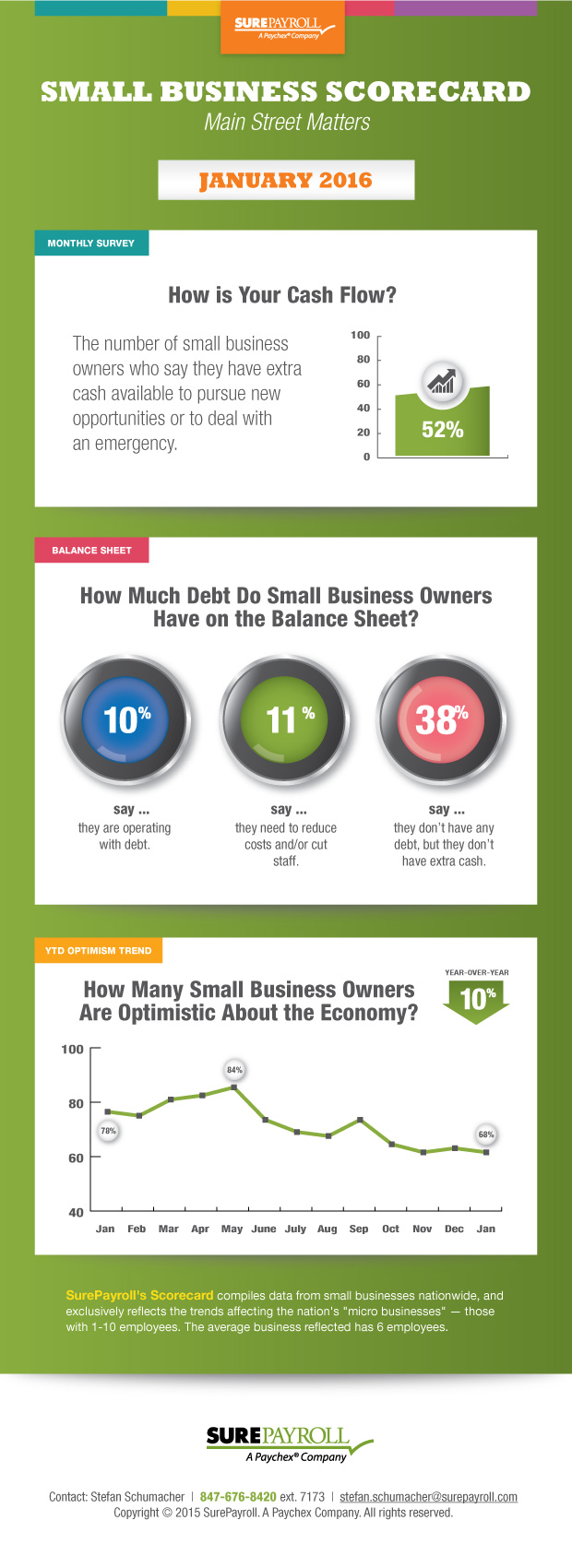Technological advances over the last 10 years have changed the way we do everything–from banking to booking our vacations, so it is not surprising that the way we choose to raise and donate money has changed too. New methods such as crowdfunding and social media apps offer a means of utilizing the collective power of the public to raise support and funding for projects, no matter how big or small.
Many established non-profit organizations are struggling to stay relevant and gain traction in the modern age due to the extra noise and competition that has arisen through these new forms of fundraising. People today are constantly bombarded with causes and projects that want and need their money. Some are worthy, like saving the oceans or curing malaria, whereas others are a bit silly.
Fortunately, a new generation of technology startups are stepping into the void to provide new services that can help nonprofits stand out from the crowd. In this article, I will outline new platforms that are helping non-profits stay relevant and raise funds in a way that attracts the new generation of contributors.
A new age for fundraising
According to Network for Good, 90% of fundraising still takes place using traditional methods such as auctions, raffles, bazaars and charity dinners, but the figure is falling every year.
Traditional tactics such as $5,000 per plate fundraising dinners draw in wealthy patrons who ultimately write six-figure checks that can make a charity’s year, but at the same time, they exclude a wide swath of potential contributors. This type of fundraising appeals to the top 1%, but unfortunately, alienates the other 99%.
Even if they can afford to participate, many just aren’t comfortable with the process. If you factor in the daily reality that we are busier than ever, with work following us home through our smart devices and giving us less time with the family, then paying for a babysitter to attend a Saturday night fundraiser seems unappealing as well as unrealistic.
According to a BlackBaud report, the age group that donates the most is the Baby Boomer generation, which contributes 43% of all giving. But just because they aren’t interested in spending their precious free time attending charity auctions does not mean that Millennials aren’t interested in donating too. According to the Millennial Impact Report from 2013, 83% of Millennials surveyed donated to a nonprofit organization in the last year.
The report found that Millennials and Baby Boomers both value a mix of online and offline donation channels. Boomers are slowly shifting towards giving online, as opposed to sending checks or cash via mail. Millennials don’t like being asked to support charities via telephone and are much more likely to give through the workplace, cause-related marketing, or because they were asked by a friend to participate.
That fact that people are actively contributing to charity is positive, especially given the tough economic climate and international recessions. However, as Millennials gain in spending power, and more Boomers retire and rely on social security, established nonprofits are also faced with challenges. Traditional means of raising funds are now falling out of favor with the majority of givers, meaning new, digitally-savvy methods must be adopted if the organization hopes to stay relevant.
New services arriving to save the day
There are a number of new platforms that are stepping in to help nonprofits raise donations in a more modern way. These services work for profit but are able to function on small margins through high volume. This enables them to deliver their services to budget-conscious nonprofits at an affordable cost while also earning enough to grow. While some may raise their eyebrows at the prospect of companies profiting from charitable fundraising, these for-profit companies are providing vital services and would not have access to smart business minds or rapid scalability without this for-profit model. In the end, everybody wins as these for-profit companies create innovative new approaches to fundraising that are driving those donation dollars up.
Charitybuzz was the first platform to bring the traditional charity auction online, thus making it more attractive to Millennials and also opening up bidding to a larger audience.
Omaze and Prizeo then took things to the next level by democratizing the process and creating opportunities for smaller donors to win fun prizes. The sites use sweepstakes systems which “level the playing field” by randomly choosing a winner, meaning that donors could win with the minimum donation possible, although they have more of a chance if they donate more.
Other providers like Crowdrise, Classy and CauseVox give individuals and nonprofits an easy way to create their own web-based fundraiser. They provide do-it-yourself tools and services to take some of the burden off of overwhelmed organizations that don’t have the resources to move their fundraising online.
The results
When the organizers of the SXSW music and arts festival began raising funds for American Red Cross to help victims of the Japanese tsunami back in 2011, they decided to use the CauseVox platform instead of using traditional face-to-face and phone methods.
The SXSWcares Campaign was launched almost immediately – as the tsunami took place on the first day of the SXSW Interactive festival – with the aim of raising $10K to help Japanese survivors. Using campaign tactics that included personal fundraising, social media, video content, and working with influencers, the campaign raised over ten times the original aim. At the end of the campaign, Red Cross walked away with more than $120K to help people in need in Japan.
A number of lesser known non-profit organizations have partnered with fundraising platforms with incredible results. Invisible Children is a nonprofit that recovers abducted child soldiers and is working to put an end to one of Africa’s longest-running armed conflicts. Invisible Children leveraged the power of YouTube and the energy of Millennials in 2012 with its KONY 2012 campaign. When the campaign went viral, the organization raised $4.8 million on Classy, making it one of the most successful non-profit online campaigns ever.
Conclusion
As more and more fundraising happens online, nonprofits need to engage donors with more attention-grabbing approaches, without becoming obtrusive. To create long lasting relationships with different generations of potential contributors, nonprofits need to keep up traditional methods that are effective, but also harness the power of modern methods in social media, YouTube and fundraising apps to stay in the spotlight and continue making positive changes.
Offline, in-person fundraising will continue to be the most effective and personable way to raise funds, but it also consumes time and resources by putting real feet out there on the streets. Campaigns that go viral have paved the way for partnerships between nonprofits and for-profit platforms, allowing for digital fundraising on a scale which was simply not possible before.
Ted Decareau is the founder of Doofl, a mobile fundraising app in which users make fun “dares” or challenges with social network contacts to raise money for their favorite charity.











